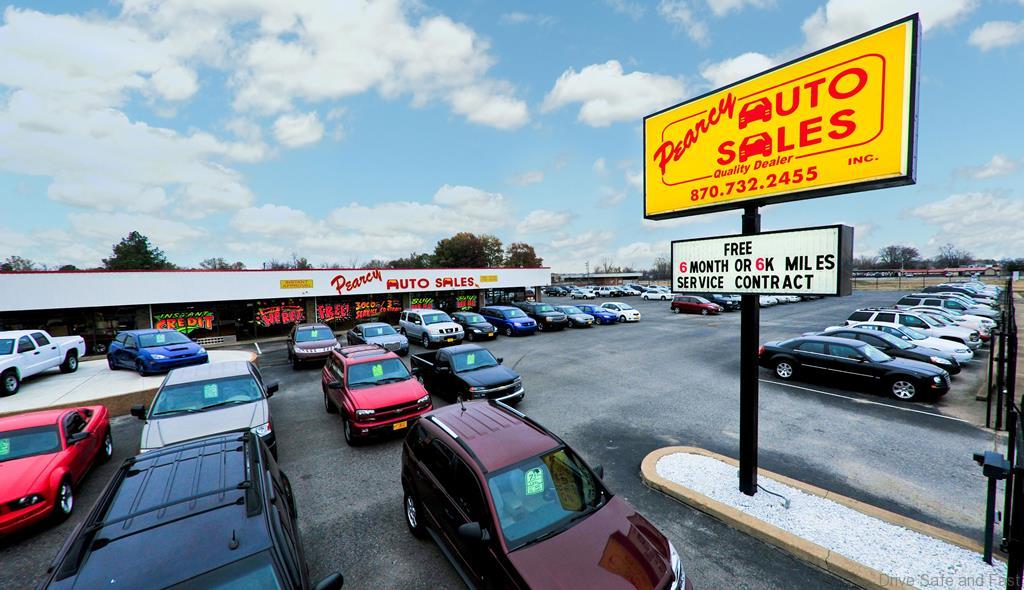Every year, about 79 million cars are sold globally. That’s a lot of cars, and 2018 is expected to be a record year for car sales at over 80 million units.
But the momentum for growth is reducing over time. Yes, more and more markets are becoming saturated with cars. But if you ask me, there are also very few modern cars really worth committing money to – and here I will discuss possible reasons.
In this series about the Decline of the Global Automotive Market, I want to explore how some aspects of the car industry that helped it grow are now changing and becoming the reason for its future stagnation. Today’s episode is about resale value.
Most nice things in life are expensive. Apple products, houses, cars – they all require a lot of man-hours to make and the utility of these products are so high that the demand corresponds. With high demand, spawns an ecosystem including a grey market, aftermarket and used market for each product type.
But any industry really needs to drive continued, sustainable growth by engaging more and more customers.
Now, if I’m a fringe customer who sees the value in the purchase but has no real interest in the product itself outside of its utility, my buying decision is going to be down to price.
And since we already mentioned that cars, Apple products, and houses are all expensive to make and in high demand, there are very little sellers can do to make the products cheaper. A price war is unhealthy for lots of reasons too, that we won’t get into.
So, while marketing is one way to drive sales, the real best way sellers can pull new ‘fringe customers’ with the money and sense to commit into their product is to influence and assure the RESALE VALUE of their products. Why? Well because it lowers the overall cost of ownership.
Toyota have done this well, so let’s use their products as an example.
Say I buy a Vios for RM75,000 – yes it’s a steep price – but I can sell it after 5 years for close to RM40,000. After 5 years, I’ve spent closer to RM35,000, not RM75,000 as the sticker price suggests.
To the fringe customer who understands this, it’s a great deal.
So how DOES a car maker ensure good resale value? It’s complex, and I’m not an expert. But here’s my observation:
1) The product needs to meet the market’s current expectations
2) The product needs robust components that don’t break, melt, or bio-degrade during the course of ownership
3) The product needs to be simple enough for average Joe mechanics to work on. This ensures a competitive labour market for maintenance and aftersales.
4) The product needs to be fuel-efficient without resorting to overly complex and fragile technology. Exceptions can be made for premium and sporty variants and products.
5) The carmaker must work to ensure 1,2, and 3 are consistent across most of the product line and across time/generations of product. By ensuring products from your brand always have qualities 1,2 and 3, customers can have peace of mind about resale value.
There’s also been some abuse of Resale Value. You see resale value is usually determined by the free market by the above factors. A car that is hassle-free and cheap to run has higher resale value and vice-versa. But if a brand also has a pre-owned car programme, they can usually set an artificially high resale value and slap on a used car ‘warranty package’ to take care of the parts of the car that are falling apart. They absorb the cost of the warranty with the artificially high resale value and from the pre-owned customer coming back for regular service at artificially inflated prices. Plus, because now the fringe customers think ‘oh, resale value is quite high’, this also generates new car sales. This is a tactic normally used by premium brands.
But what about mass market brands with poor resale value. Why doesn’t every brand try to aim for the 5 factors above?
Well, here are my observations again:
1) it’s already the brand identity of many successful mass-market brands. Some brands want to distinguish themselves or can’t afford to brand themselves in this direction.
2) it comes across as bland to fringe customers with too much money. They often get lured by marketing to riskier badges
3) many new customers are millennials. This is a generation of buyers with poorer financial skills, lower risk aversion, inability to commit to long-term investments, and who want their products to reflect their tastes and values FIRST before any other criteria.
4) Ride sharing and better public transportation is making car ownership less of a necessity and more of a lifestyle experience
5) Chinese-made cars are simply impossible to compete against for many car makers with high labour costs. The game has thus been shifted away from traditional price models for older brands to stay relevant and competitive
6) Extremely tight emissions regulations are causing brands to plonk high-tech, unproven/expensive technology in mass-market vehicles. Some companies can develop inexpensive measures, but others are shifting to new ownership models instead.
7) The 5 factors for resale value only work if you are capable of a high volume of sales. But the 5 factors if done right ensure a high volume of sales. It’s a chicken and egg situation. Many mass-market brands have to pick their battles and look for countries where the long-term investment is guaranteed to work.
I may be developing some these points into separate posts are part of this series. Please leave your feedback on our Facebook page, the comment section below or via email to subhash91@gmail.com. I will be happy to answer any questions, reshape my argument to your feedback. Thank you.


